While the allure of starting a restaurant captivates many, a stark reality looms—95% of restaurants close within the first five years. Only 5% manage to survive beyond this period. Here, we will discuss common missteps made by food business owners to help you avoid the same pitfalls.
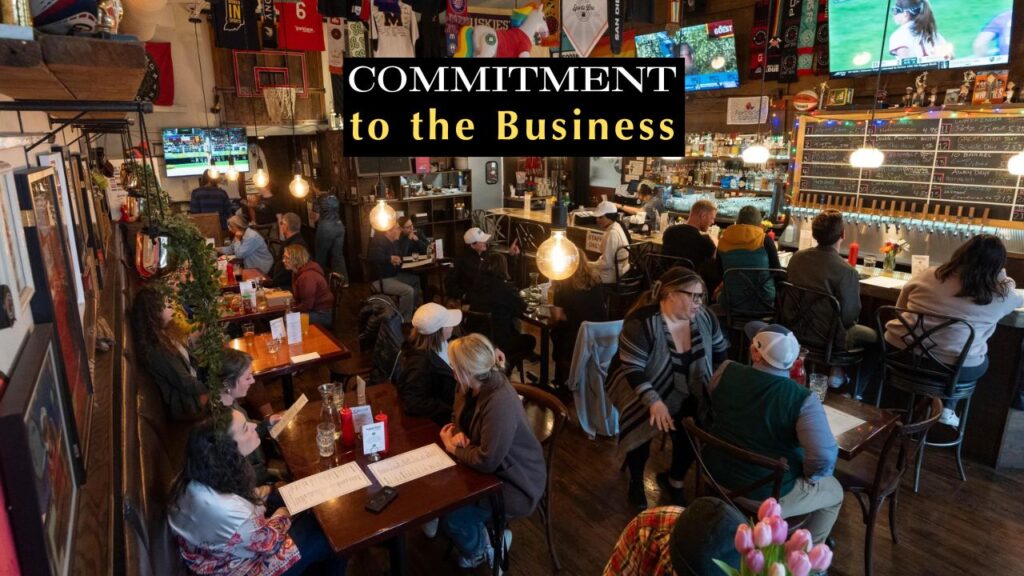
Commitment to the Business
Many enter the restaurant industry viewing it as a source of passive income. However, this is a misconception. Running a restaurant demands ongoing involvement akin to any business, requiring oversight of location, marketing, sales, costing, margins, customer service, and product quality.
Establishing standard operating procedures (SOPs) and achieving automation takes considerable initial effort.
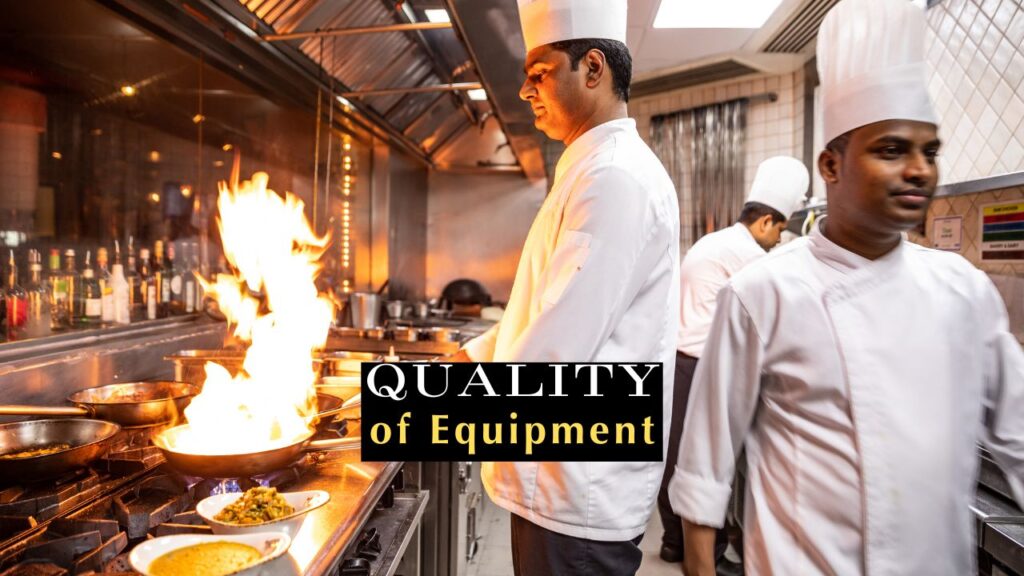
Quality of Equipment
The equipment in your restaurant kitchen is vital as it directly affects your service efficiency and food quality. It’s crucial to invest in high-quality equipment. Platforms like Restolane.com offer a range of top-notch restaurant equipment and provide expert guidance to help you make the best choices for your needs.

Managing Expenses
Overseeing expenses is crucial as they can spiral quickly. Key expenses include rent, salaries, utilities, equipment maintenance, raw materials, and other miscellaneous costs. Effective financial management is essential to keep these in check.
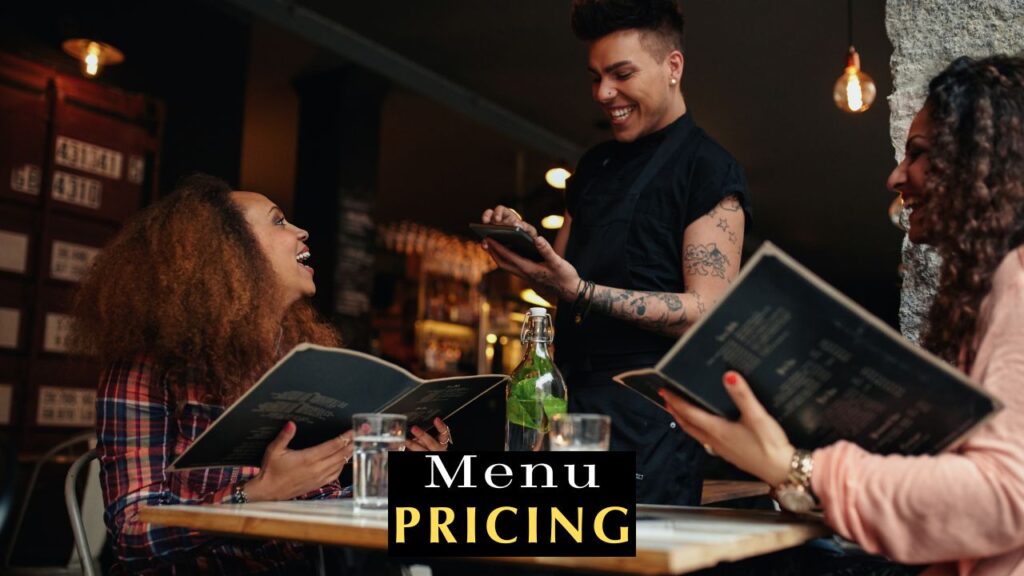
Menu Pricing
Inadequate menu pricing often leads to failure. It’s essential to understand the cost of each dish and set prices that cover not only the food costs but also the comprehensive service you provide. A general rule is to price dishes at least three times their cost, considering all associated expenses.

Choosing the Right Location
The success of a restaurant heavily relies on its location. Assess the target demographic, rental affordability, existing competition, and visibility of the potential location to ensure it aligns with your business model.
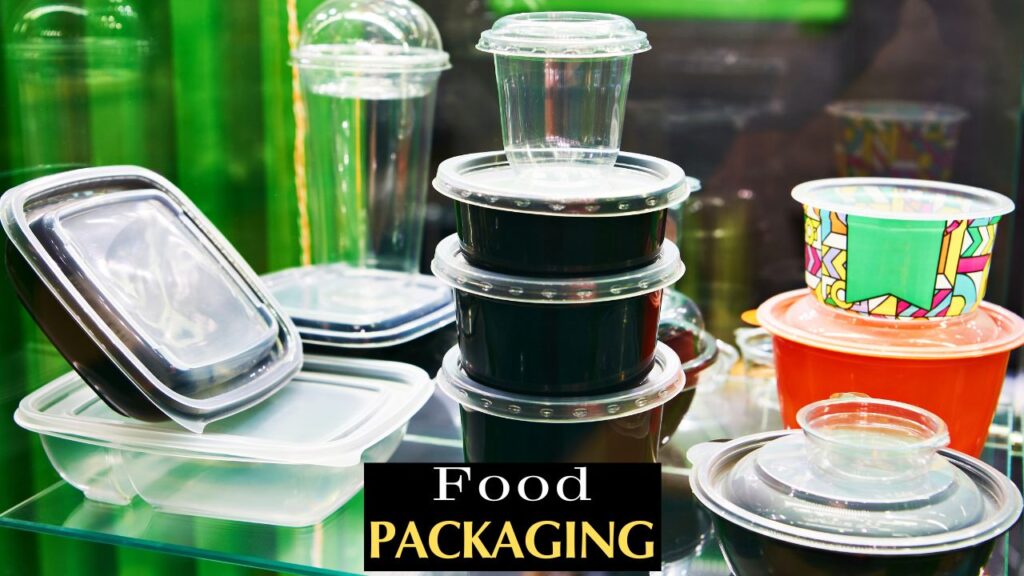
Importance of Packaging
Effective packaging serves dual purposes: it maintains food quality during delivery and acts as a marketing tool. Quality packaging can enhance customer satisfaction and promote your brand through social media shares. If budget constraints exist initially, consider using quality generic packaging with customized branding elements like stickers.
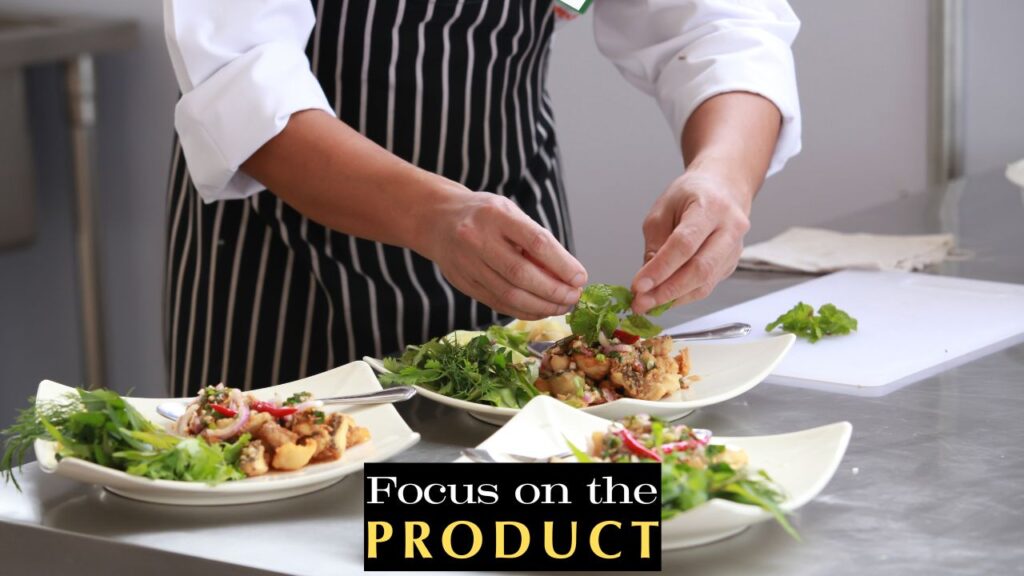
Focus on the Product
Each dish is a product that should be meticulously crafted. Clear understanding of food costs, recipes, serving sizes, and presentation is crucial. Continuously refining recipes can enhance taste and appeal without significantly increasing costs.
Conclusion
Operating a restaurant is complex and demands a multifaceted approach. Continuous learning and adaptation are key to navigating the challenges of the restaurant business. Good luck!
This comprehensive overview can serve as a guide for those venturing into or currently navigating the restaurant industry, emphasising that success requires much more than just opening the doors to your establishment.



